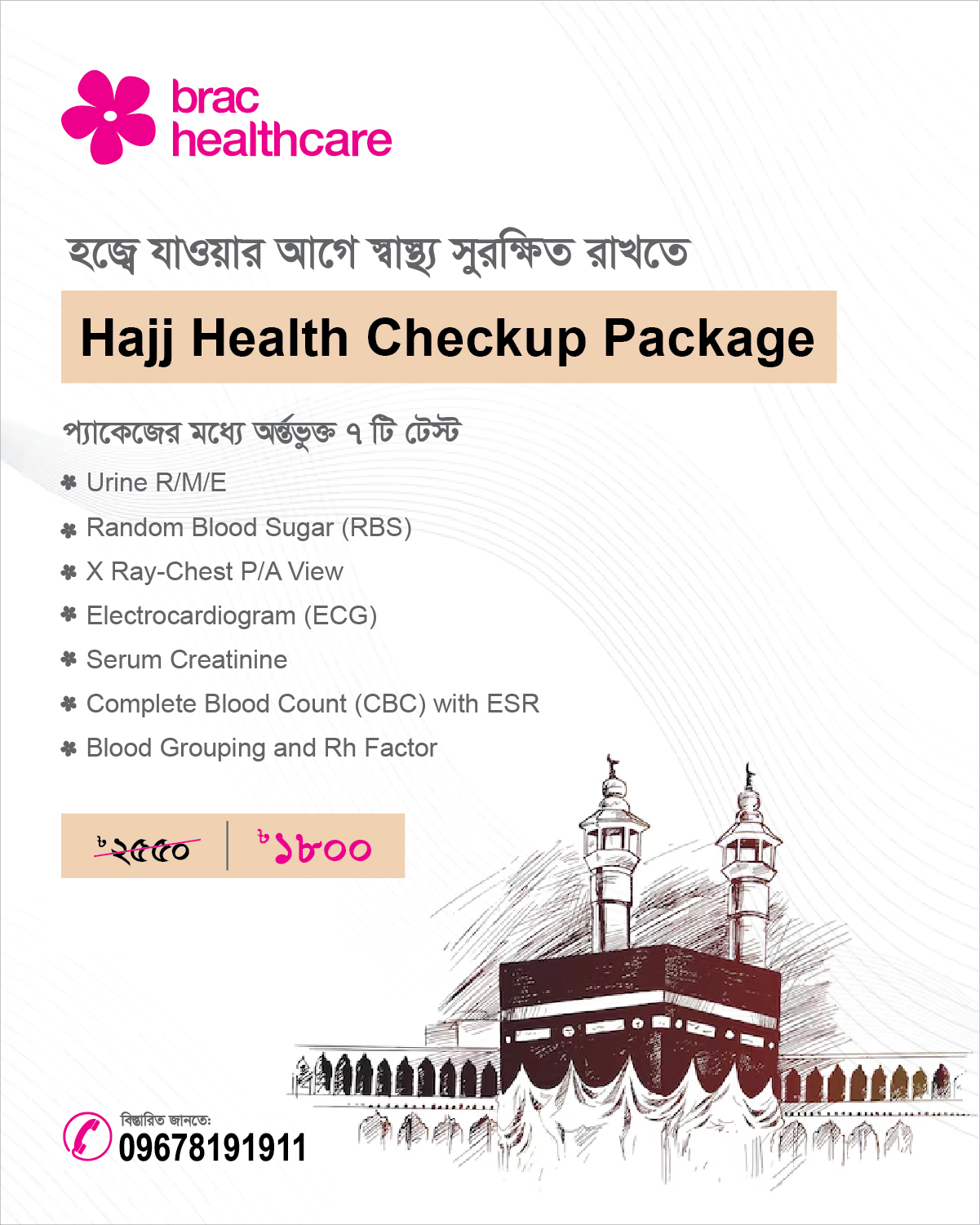Health
Nutrition Tips for Ramadan
The holy month of Ramadan is a time of spiritual reflection, self-discipline, and fasting from dawn to sunset. To maintain energy levels and overall well-being, focusing on balanced nutrition during Sehri and Iftar is crucial. Let’s have a look at some simple nutrition tips to help you stay healthy throughout the month! What to Eat During Se...
Understanding Osteoporosis: Causes, Risks, and Prevention
Osteoporosis, often called the “silent bone disease,” weakens bones, increasing the risk of fractures from even minor falls or bumps. This condition is caused by the gradual loss of bone mass, particularly as we age. The most common fractures due to osteoporosis occur in the hip, spine, and wrist, but the disease can affect any bone in the body...
Understanding Mental Disorders
Key Facts About Mental Health Mental health is an integral part of our overall well-being, yet approximately 1 in every 8 individuals worldwide lives with a mental disorder. Mental disorders are characterized by significant disruptions in thinking, emotional regulation, or behavior. They range from common conditions like anxiety and depre...
Dengue and Severe Dengue
Overview Dengue is a mosquito-borne viral infection predominant in tropical climates such as Bangladesh. While there is no specific cure for dengue, the effects of this illness can, in some cases, be fatal. The World Health Organization highlighted dengue as a major concern in 2019, and recent outbreaks have emphasized its ongoing impact...
BRAC Healthcare Family Physician
কেন এবং কখন ফ্যামিলি ফিজিশিয়ানের কাছে আসবেন? আমাদের সেবাসমূহ: ফ্যামিলি ফিজিশিয়ান ও ফার্স্ট এইড কেয়ার, স্পেশালিস্ট ডাক্তারের কনসা...
Empowering Healthcare through E-health
In recent years, the world has witnessed a paradigm shift in the healthcare landscape, thanks to the rapid advancements in technology. E-health, short for electronic health, has emerged as a game-changer, revolutionizing the way healthcare services are delivered and accessed. This blog post explores the profound impact of E-health, as recognized by...






